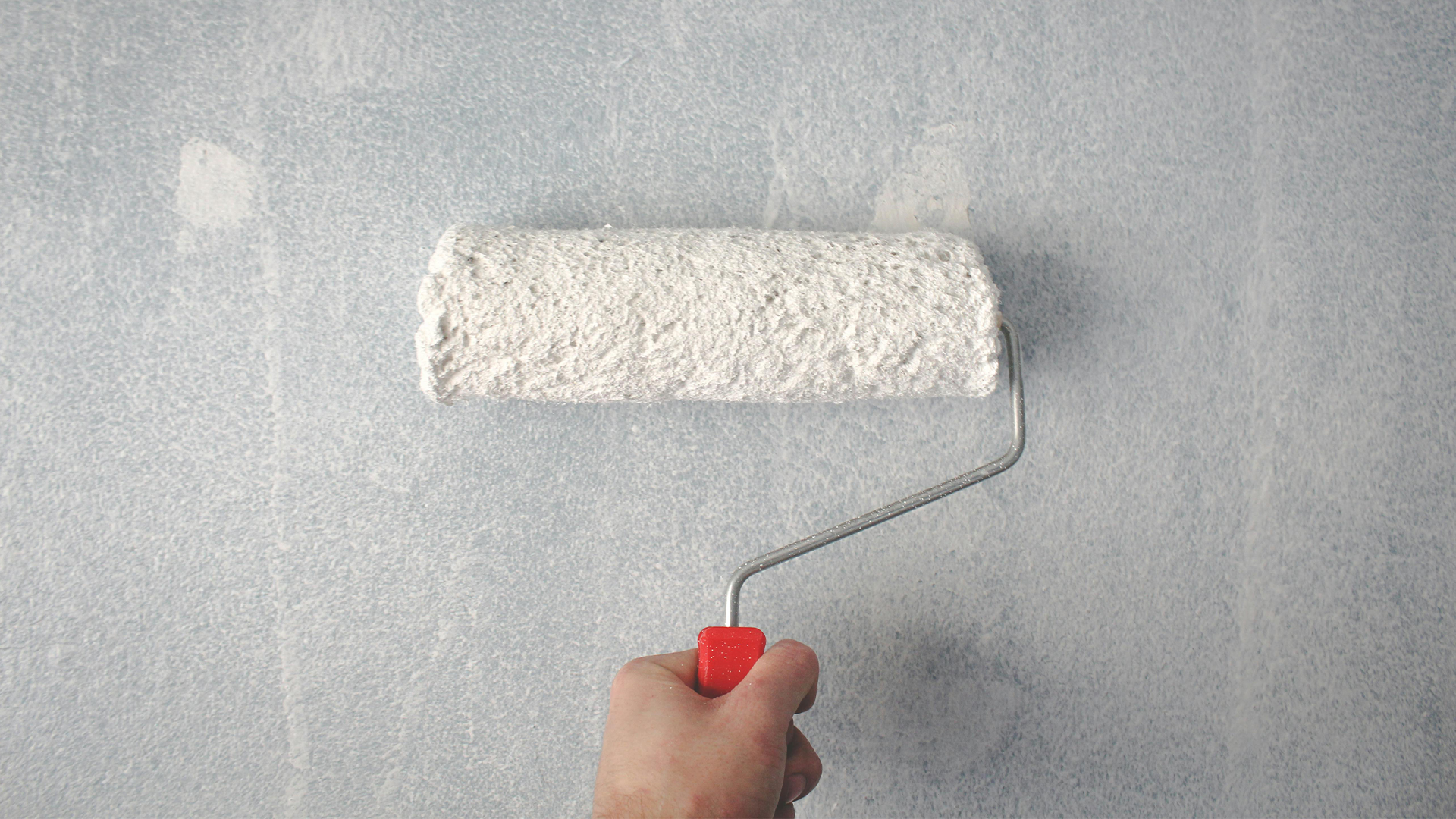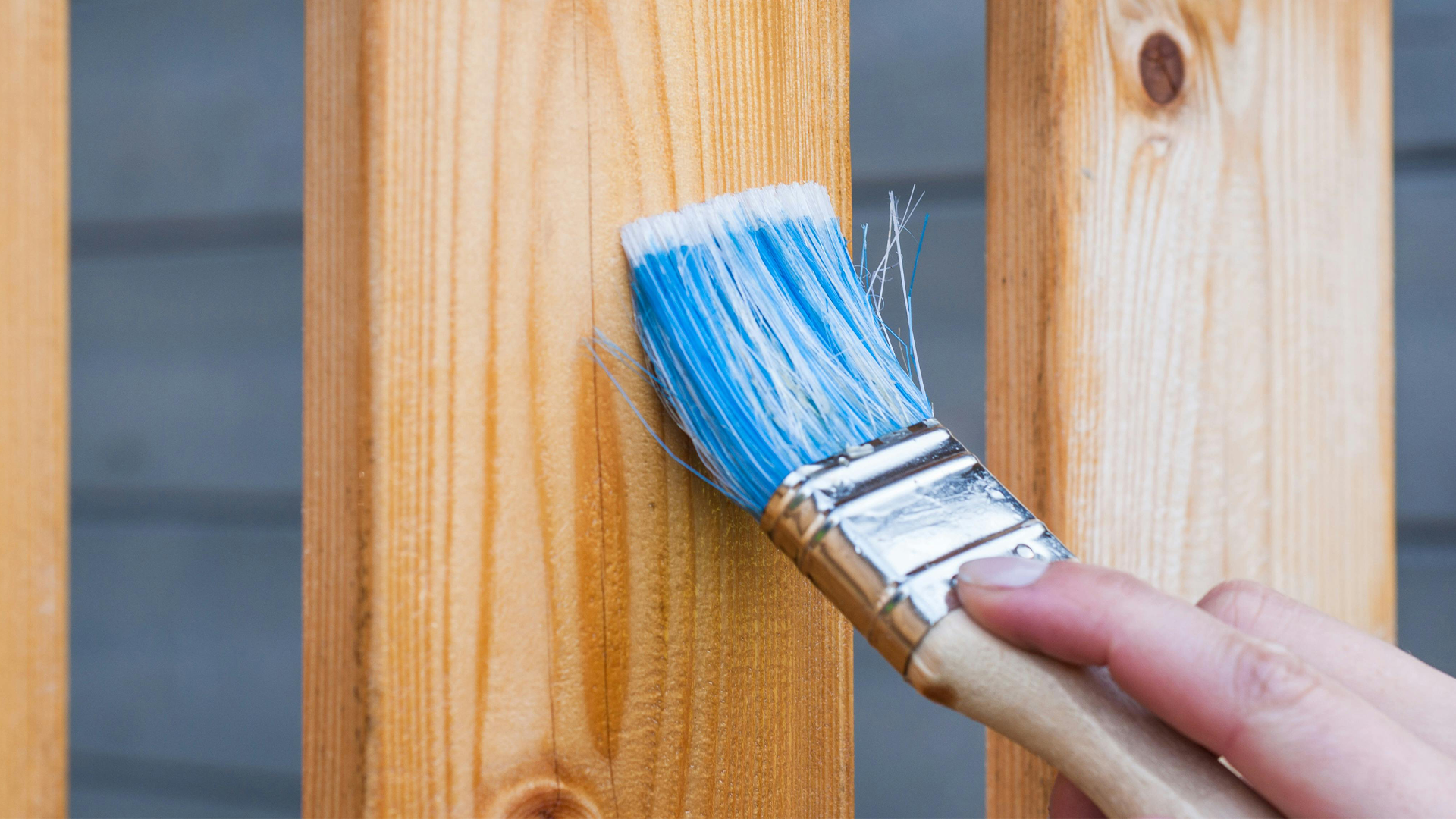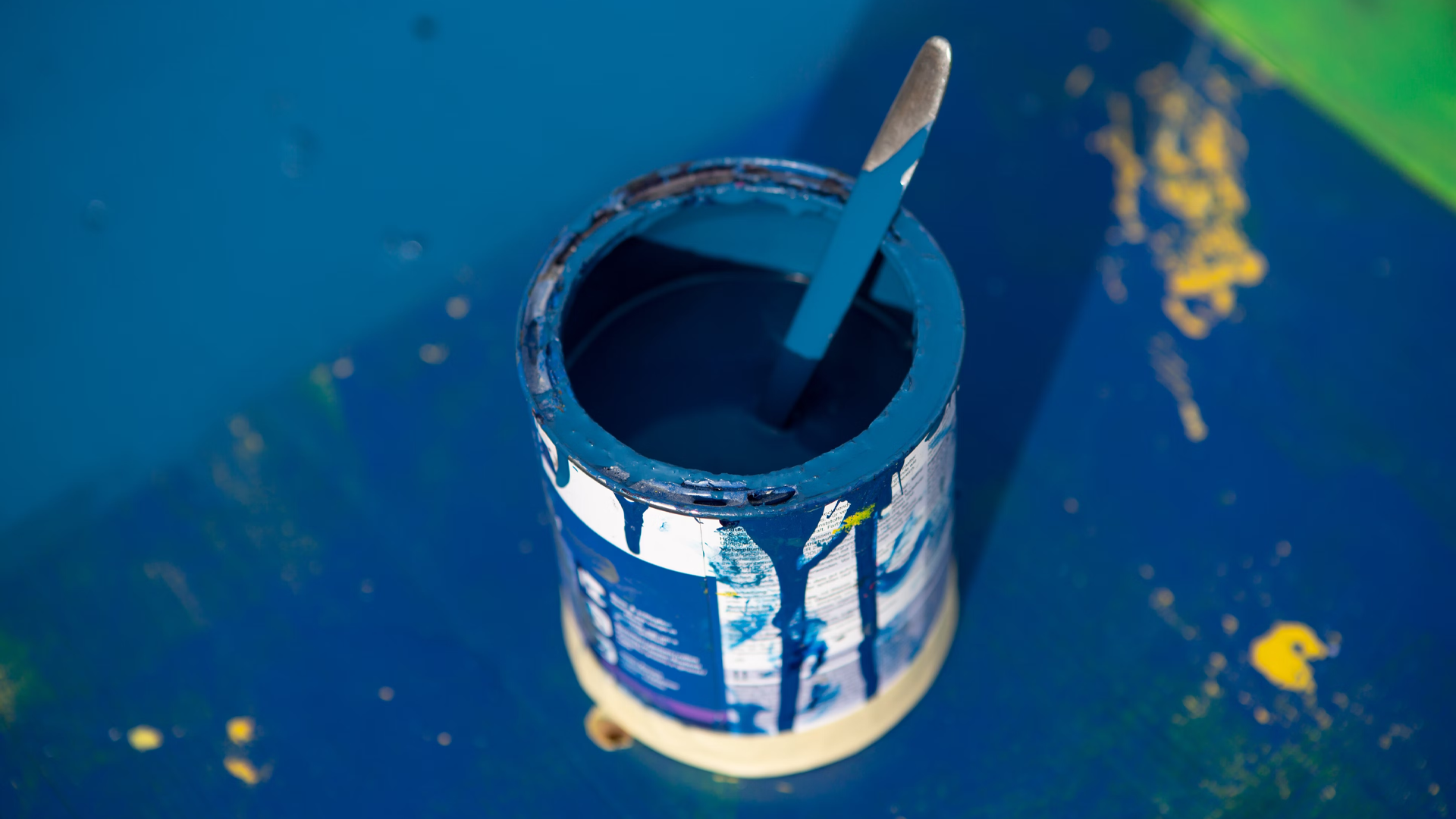Key Take Aways
Protective coatings provide barrier and enhancement: These coatings shield surfaces against wear, corrosion, weather, and UV, while offering aesthetic finishes like gloss, colour, or texture.
Types vary by substrate and purpose: Common options include acrylic, elastomeric, silicone, polymer-based, and masonry paints, each suited to different surfaces like render, concrete, or brick.
Key performance factors: Choose coatings based on durability, breathability, UV resistance, waterproofing, and flexibility to accommodate wall movement or slight cracks.
Application process matters: Proper surface prep (cleaning, priming), correct coat thickness, drying time, and environmental conditions (e.g., avoid rain, extremes) are vital for long-lasting protection.
Maintenance extends lifespan: Regular cleaning, periodic touch-ups, and prompt repairs of small areas prevent larger failures and help coatings last decades.
What is resin?
Resin is a thermosetting plastic material that is composed of a variety of synthetic polymers. It is commonly used in a wide range of manufacturing processes, such as casting, laminating, and moulding. Resin is a versatile material that can be used to create a variety of products, including furniture, toys, and automotive parts.
Different types of resin and how they are used
- Polyester Resin: This is a type of plastic resin created from polyesters and is used for a variety of applications, including coatings, adhesives, laminates, and other products. It is often used in the production of boats, cars, and other vehicles.
- Epoxy Resin: This is a type of resin created from a combination of epoxy and hardeners, and is commonly used for adhesives, coatings, and structural laminates. It is highly resistant to heat and chemicals, making it a popular choice for industrial applications.
- Urethane Resin: This is a type of resin created by the reaction of a polyol and a diisocyanato. It is often used as a coating or adhesive and is highly durable and resistant to wear and tear.
- Acrylic Resin: This is a type of plastic resin created through the reaction of acrylic monomers with each other. It is often used for paints, coatings, laminates, and adhesives. It is also highly resistant to weather and chemicals.
- Polyurethane Resin: This is a type of plastic resin created from a combination of polyols and diisocyanatos. It is commonly used in the production of foam insulation, coatings, and adhesives. It is highly resistant to heat, UV light, and other elements.
- Vinyl Ester Resin: Vinyl ester resin is a type of synthetic resin that is often used as a bonding agent in the production of composite materials. It is also used in the production of coatings and adhesives.
- Silicone Resin: Silicone resin is a flexible and durable material used to create a variety of products. It is often used in the automotive, aerospace, and medical industries.
Applying resin as a protective coating
Resin can be used as a protective coating by applying it to surfaces such as wood, metal, and concrete. The resin is applied in liquid or powder form, and when it dries, it forms a hard, durable surface that is resistant to water and other elements.
Depending on the type of resin used, it can be used as a sealant to protect surfaces from moisture, chemicals, and abrasion. It can also be used to repair cracks and other damage to the surface.
Benefits of using resin as a protective coating
- Durability: Resin coatings are extremely durable and resistant to wear and tear. They can provide long-term protection for any surfaces they are applied to.
- UV Protection: Resin coatings can provide excellent UV protection, which is essential for protecting surfaces from the sun’s damaging rays.
- Waterproofing: Resin coatings can provide waterproofing that is superior to that of traditional paints or sealants. This is great for protecting surfaces from water damage.
- Aesthetics: Resin coatings can provide an aesthetically pleasing finish, making them ideal for adding an attractive protective layer to outdoor surfaces.
- Cost-Effective: Resin coatings are relatively affordable and can be applied quickly and easily. This makes them a cost-effective option for protecting surfaces.
- Versatility: Resin coatings can be used on a wide variety of surfaces, including metal, wood, concrete, and plastic. This makes them an ideal choice for projects that require the coating of multiple materials.
Step-by-Step Guide to Applying Resin as a Protective Coating
- Prepare the surface: Thoroughly clean the surface with mild detergent and water and allow it to dry completely.
- Sand the surface: Use medium grit sandpaper to remove any imperfections or contaminants from the surface.
- Vacuum the surface: Use a vacuum to remove any dust or debris from the surface.
- Apply a primer: Apply a primer designed for use with resin to the surface.
- Mix the resin: Using a mixing bucket and a drill with a paddle attachment, mix the resin according to the manufacturer’s instructions.
- Apply the resin: Using a paint brush or roller, apply the resin to the surface in an even layer.
- Allow the resin to dry: Allow the resin to dry completely before applying a second coat.
- Apply a top coat: Apply a top coat of resin to the surface for added protection.
- Allow the top coat to dry: Allow the top coat to dry completely before moving on to the next step.
- Clean up: Clean up any excess resin or debris from the surface before it hardens.
Potential Issues to Consider
- Cost: Resin is generally more expensive than other coating materials, such as paint or powder coating, so it may not be financially feasible for some projects.
- Durability: Resin is not as durable as other coatings and may not be suitable for use on surfaces that are subject to frequent wear or extreme temperatures.
- Safety: Resin contains chemicals that may be hazardous to humans, animals, and the environment. Care should be taken to ensure proper ventilation and protective equipment when working with resin.
- Application: Resin is a tricky coating to apply and may require special tools and expertise to do properly.
- Maintenance: Resin can be difficult to clean and maintain over time, so regular maintenance may be required to keep it looking its best.
- Porosity: Resin may be difficult to apply evenly, leaving pockets of air or other contaminants that can cause the coating to be uneven and less effective.
- Chemical Resistance: Resin may not be as resistant to certain chemicals as other materials, such as polyurethane or epoxy coatings.
- UV Resistance: Resin may not be as resistant to UV rays as other materials, meaning it may need to be reapplied more often.
- Heat Resistance: Resin may not be as heat-resistant as other materials, meaning it may need to be reapplied more often or may not be suitable for certain applications.
- VOC Emissions: Resin may release volatile organic compounds (VOCs) which can be harmful to the environment.
- Odour: Resin may emit an unpleasant odour when it is applied or cured.
- Poor adhesion: Resin coatings may not adhere well to certain surfaces, leading to a poor protective layer.




